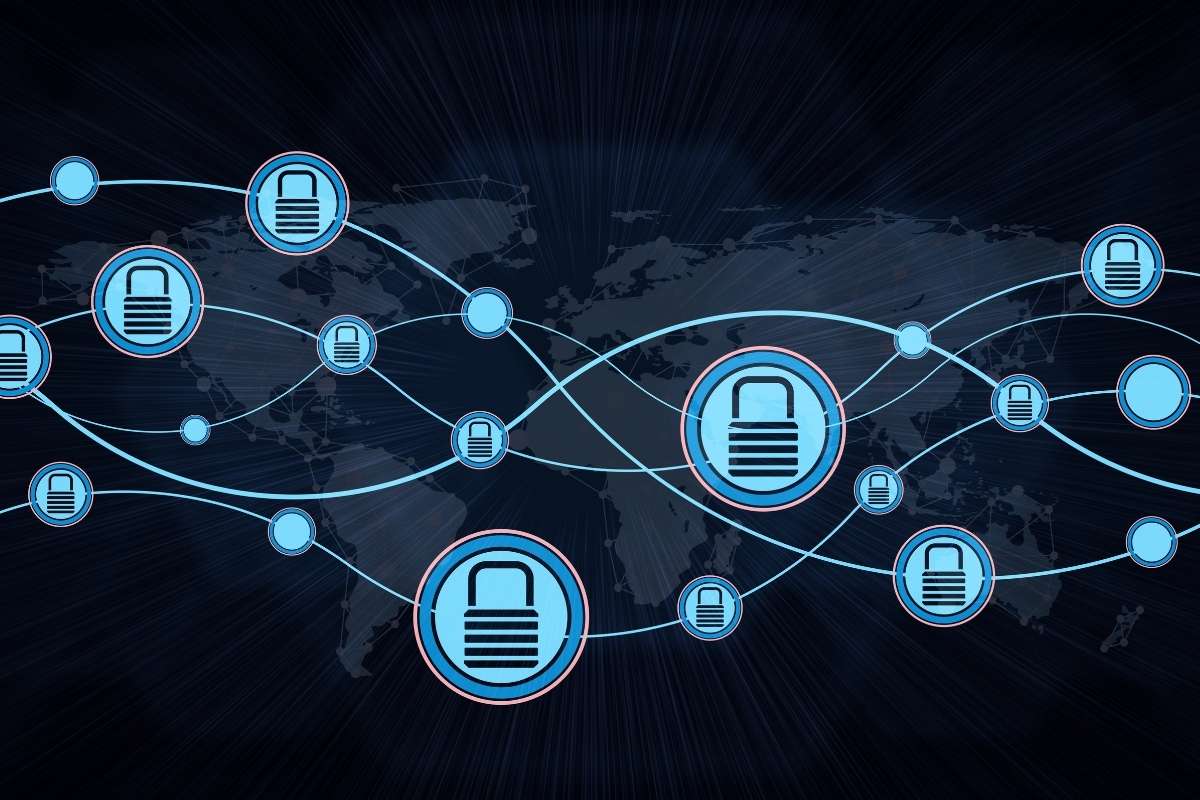Credit card fraud detection is important in today’s digital world, where bad guys are always trying to steal our money. This article will help you understand how credit card fraud detection works and how it keeps your financial information safe. We’ll talk about the different techniques and technologies used to protect you from fraud. By knowing how it all works, you can make smart choices to keep your personal and financial data secure. So, let’s dive in and learn how to stay one step ahead of those sneaky fraudsters!
What is Credit Card Fraud?
Credit card fraud involves the unauthorized use of a credit card to make purchases or withdraw money. Fraudsters employ various tactics, from stealing physical cards to hacking online accounts. As digital transactions increase, so does the sophistication of these fraudulent activities. Hence, effective credit card fraud detection methods are essential to mitigate risks.
Common Types of Credit Card Fraud

- Card-Not-Present (CNP) Fraud: This occurs when the physical card is not required for a transaction, such as online purchases. Fraudsters need only the card number, expiration date, and CVV code.
- Card-Present Fraud: This involves the physical theft of a card or using skimming devices to capture card details during a legitimate transaction.
- Account Takeover: Hackers gain access to an individual’s online banking or credit card account, changing account details and making unauthorized transactions.
- Application Fraud: Fraudsters use stolen or fake identities to apply for new credit cards, which they then use for illicit activities.
How Credit Card Fraud Detection Works
Credit card fraud detection uses a combination of technology and human analysis to identify and prevent fraudulent activities. Key components include:
- Machine Learning Algorithms: These systems analyze transaction data to identify patterns and anomalies that indicate fraud. By constantly learning from new data, machine learning models become more effective at predicting fraudulent behavior.
- Real-Time Monitoring: Financial institutions monitor transactions in real-time to detect unusual activity. If a transaction deviates significantly from a cardholder’s typical behavior, it triggers an alert for further investigation.
- Rule-Based Systems: These systems apply predefined rules to flag potentially fraudulent transactions. For example, a rule might flag any transaction over a certain amount or transactions made in quick succession in different geographic locations.
- Behavioral Analytics: This approach analyzes the behavior of cardholders to detect deviations that might indicate fraud. For example, if a cardholder typically makes small, local purchases but suddenly makes a large international purchase, this could be a red flag.
- Two-Factor Authentication (2FA): Requiring a second form of verification, such as a text message code or biometric scan, adds an extra layer of security. This makes it harder for fraudsters to gain access to accounts even if they have the card details.
Implementing Effective Credit Card Fraud Detection

- Regular Monitoring: Cardholders should regularly monitor their account statements for any unusual transactions. Prompt reporting of suspicious activity can prevent further fraudulent charges.
- Use of Secure Networks: Avoid conducting financial transactions over public Wi-Fi networks, which are more susceptible to hacking. Instead, use secure, private networks.
- Strong Passwords: Use complex passwords for online banking and credit card accounts. Avoid using easily guessable information like birthdays or simple sequences.
- Updated Software: Ensure that all devices used for financial transactions have up-to-date security software to protect against malware and hacking attempts.
- Credit Card Alerts: Set up transaction alerts with your bank to receive notifications of any activity on your account. This can help you quickly identify and report fraudulent transactions.
Advanced Technologies in Credit Card Fraud Detection
- Artificial Intelligence (AI): AI enhances fraud detection by analyzing large datasets to identify subtle patterns that may indicate fraud. AI systems can process more data faster than human analysts, improving detection rates.
- Blockchain Technology: Blockchain offers a secure and transparent way to process transactions. Its decentralized nature makes it difficult for fraudsters to alter transaction data, adding an additional layer of security.
- Biometric Verification: Technologies like fingerprint scanners and facial recognition provide secure authentication methods that are difficult for fraudsters to bypass.
- Tokenization: This process replaces sensitive card information with a unique identifier or token. Even if a transaction is intercepted, the tokenized data is useless to the fraudster without the corresponding decryption key.
- Geolocation Tracking: By tracking the geographic location of transactions, financial institutions can detect and prevent fraudulent activities. If a card is used in a location far from the cardholder’s usual area, it can trigger an alert.
The Role of Financial Institutions in Fraud Prevention

Financial institutions play a crucial role in credit card fraud detection. They invest in advanced technologies and employ specialized teams to monitor and analyze transactions. Additionally, they educate customers on best practices for protecting their information. Key measures include:
- Fraud Detection Teams: Banks employ dedicated teams to investigate suspicious activities. These teams work closely with law enforcement agencies to track and apprehend fraudsters.
- Customer Education: Financial institutions provide resources and information to help customers recognize and prevent fraud. This includes tips on secure online banking practices and how to spot phishing attempts.
- Collaborative Efforts: Banks collaborate with other financial institutions and regulatory bodies to share information and strategies for combating fraud. This collective effort enhances the overall effectiveness of fraud prevention measures.
FAQs
1. How can I detect if my credit card has been compromised?
Regularly check your bank statements for unfamiliar transactions. Set up alerts with your bank to receive notifications for every transaction.
2. What should I do if I suspect credit card fraud?
Immediately contact your bank or credit card issuer to report the suspicious activity. They can freeze your account and issue a new card if necessary.
3. How effective are machine learning algorithms in detecting credit card fraud?
Machine learning algorithms are highly effective as they continuously learn from new data, improving their ability to detect and predict fraudulent activities.
4. Is biometric verification safe for credit card transactions?
Yes, biometric verification adds an extra layer of security by using unique biological characteristics, making it difficult for fraudsters to bypass.
5. Can using a secure network really prevent credit card fraud?
Using secure networks significantly reduces the risk of hacking and data interception during financial transactions, thereby helping prevent fraud.

Understanding Hacking Types: A Comprehensive Overview
In the world we live in today, it’s really important to know about the different types of hacking if we use the internet. Cyber threats are getting more advanced and
Conclusion
Protecting your financial information is more important than ever. Credit card fraud detection involves a combination of advanced technologies, real-time monitoring, and proactive measures by both financial institutions and cardholders. By understanding how these systems work and adopting best practices, you can significantly reduce the risk of falling victim to credit card fraud. Regular monitoring, secure transactions, and staying informed about the latest fraud prevention techniques are key steps in safeguarding your finances.






